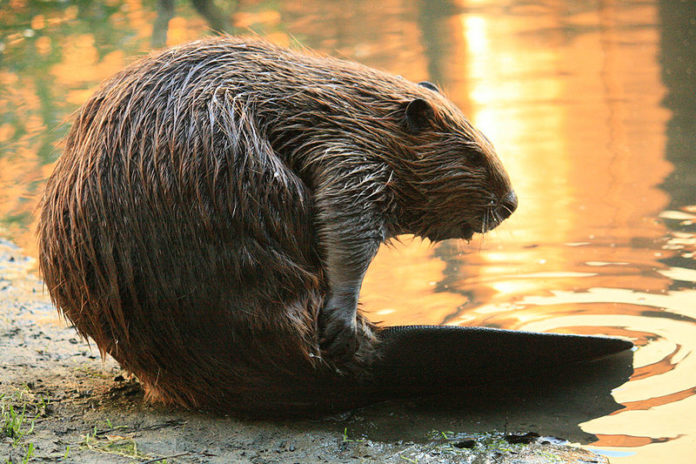
The globally recognized beverage company, Coca-Cola has announced that beavers will be used to help meet the company’s water replenishment goals by the year 2020.
Coca-Cola has launched a program that aims to improve water conditions and replenish local areas with water.
Every year, 40 billion gallons of Coca-Cola drinks are produced across the globe, and an additional 41 billion gallons of water is used in production.
Before Europeans arrived in North America, beavers lived in nearly every headwaters stream in the continent. “They were everywhere and having a huge impact on the landscape and the hydrology,” said Frances Backhouse, a Victoria, British Columbia–based author whose book Once They Were Hats, delves into the history and environmental role of beavers.
Back in 2007, Coca-Cola announced their water replenishment goals of returning water to communities around the world equal to the amount used in the production of its beverages — over 80 billion gallons. Between 2005 and 2014, the company “balanced an estimated 94 percent of the water used in our finished beverages based on 2014 sales volume, for a total of 153.6 billion liters of water replenished to communities and nature,” the company stated. According to reports, the company now aims to replace the water that is used and discarded during the production process.

Coca-Cola’s investment in the beavers is one of many projects which aims to achieve what the company calls “water balance.” The company is exploring new ways to help the environment through a number of diverse conservation and restoration projects. According to reports, “Coke is funding the deployment of beavers in the United States to build dams and create ponds that can replenish water supplies for local ecosystems and, ultimately, people.”
Around a decade ago, Coca-Cola came under fire after it was reported that the company was drawing down groundwater near one of its plants in India; an action which ultimately deprived local farmers of the water they needed for their crops.
In addition to these effects, the overuse and depletion of groundwater leads to a lowered water table, which can significantly lower the water levels of community wells; increased cost, which occurs when the lowered water table forces to pumps to push farther into the earth to reach water; land subsidence, the over pumping of groundwater increases the risk of sinkholes and a collapse in the soil; effects the quality of water, excessive water pumping in coastal areas can pull saltwater inland, contaminating the water supplies of wildlife and plant life.

A study conducted by the University of Connecticut titled “The River Discontinuum: Applying Beaver Modifications to Baseline Conditions for Restoration of Forested Headwaters,” analysed the diversity of river systems where populations of beavers were present.
A beavers dam forces the water to flood the lands surrounding the river, allowing the water to seep into ground that would have otherwise remained untouched by the river’s waters. “One beaver impoundment alone can exceed 1000 meters along the river, flood the valley laterally, and fundamentally alter biogeochemical cycles and ecological structures,” wrote the authors of the study.
The company is hoping to improve the environment by reintroducing beavers to areas where previous populations were depleted. “By putting beavers back, we’re slowing water down, making our streams messier,” Kent Woodruff, a U.S. Forest Service biologist who works on beaver restoration, told Take Part.
Photo by Cheryl Reynolds, Courtesy of Worth A Dam
You want to support Anonymous Independent & Investigative News? Please, follow us on Twitter: Follow @AnonymousNewsHQ
This Article (Coca-Cola Uses Beavers To Replenish Groundwater And Achieve “Water Balance”) is free and open source. You have permission to republish this article under a Creative Commons license with attribution to the author and AnonHQ.com.




